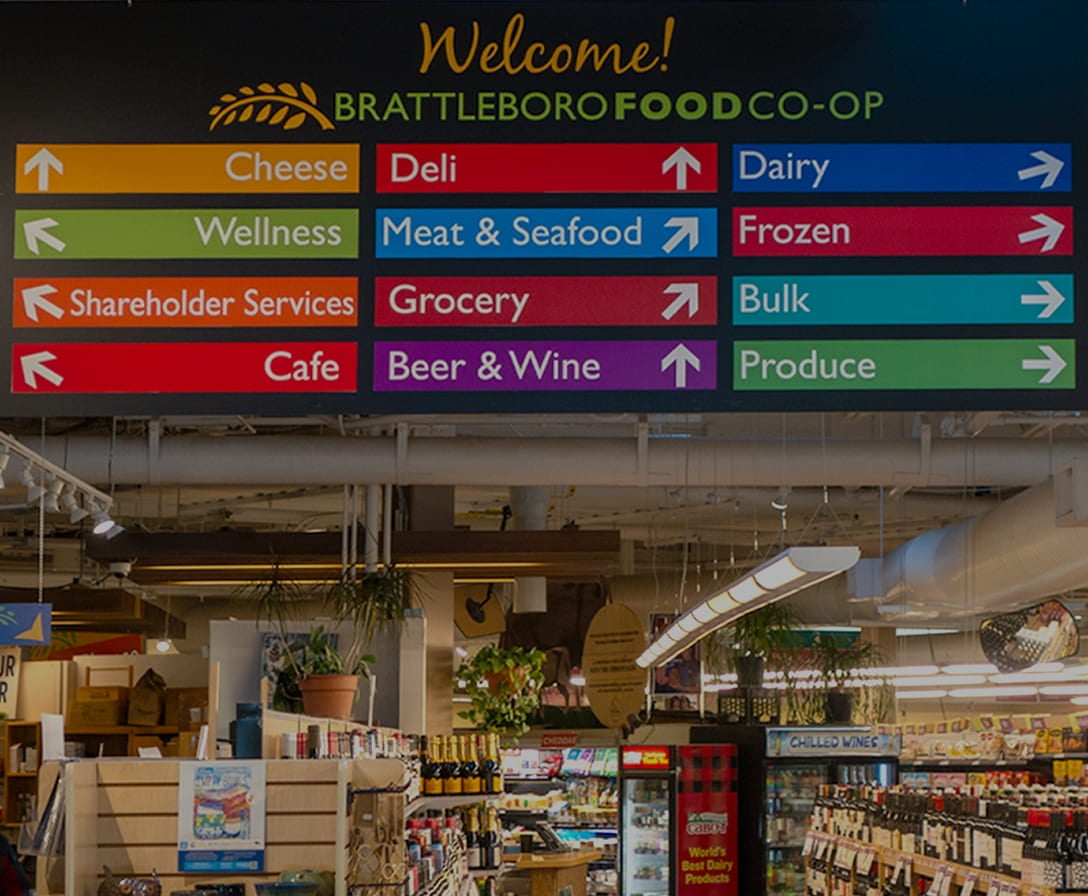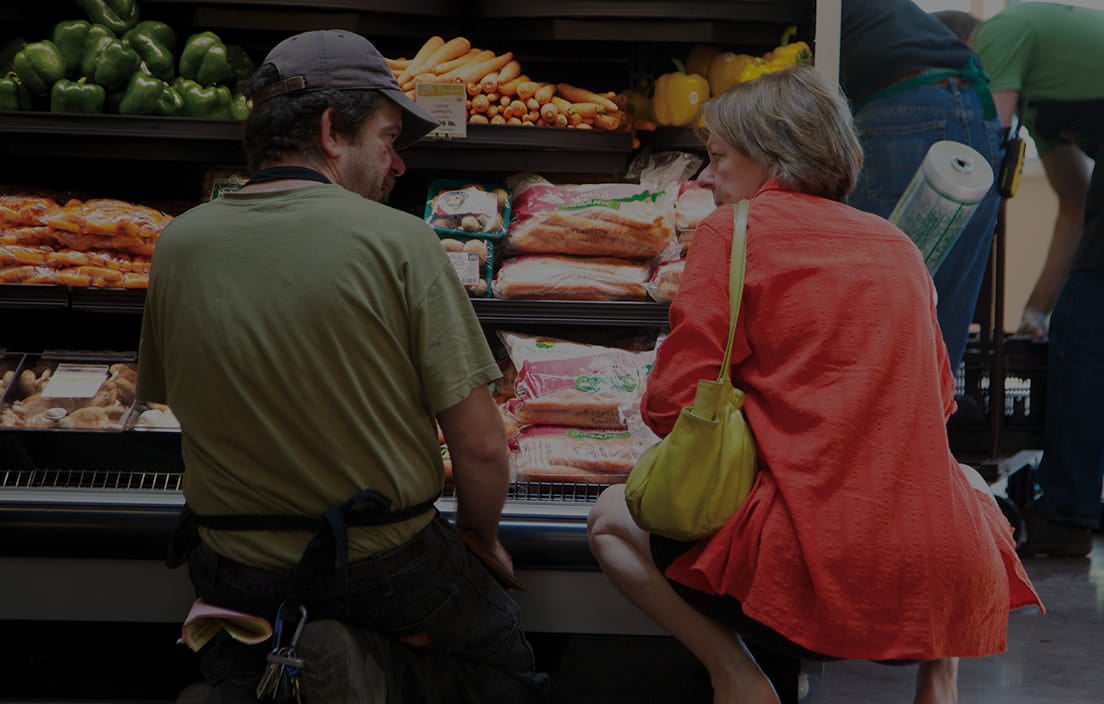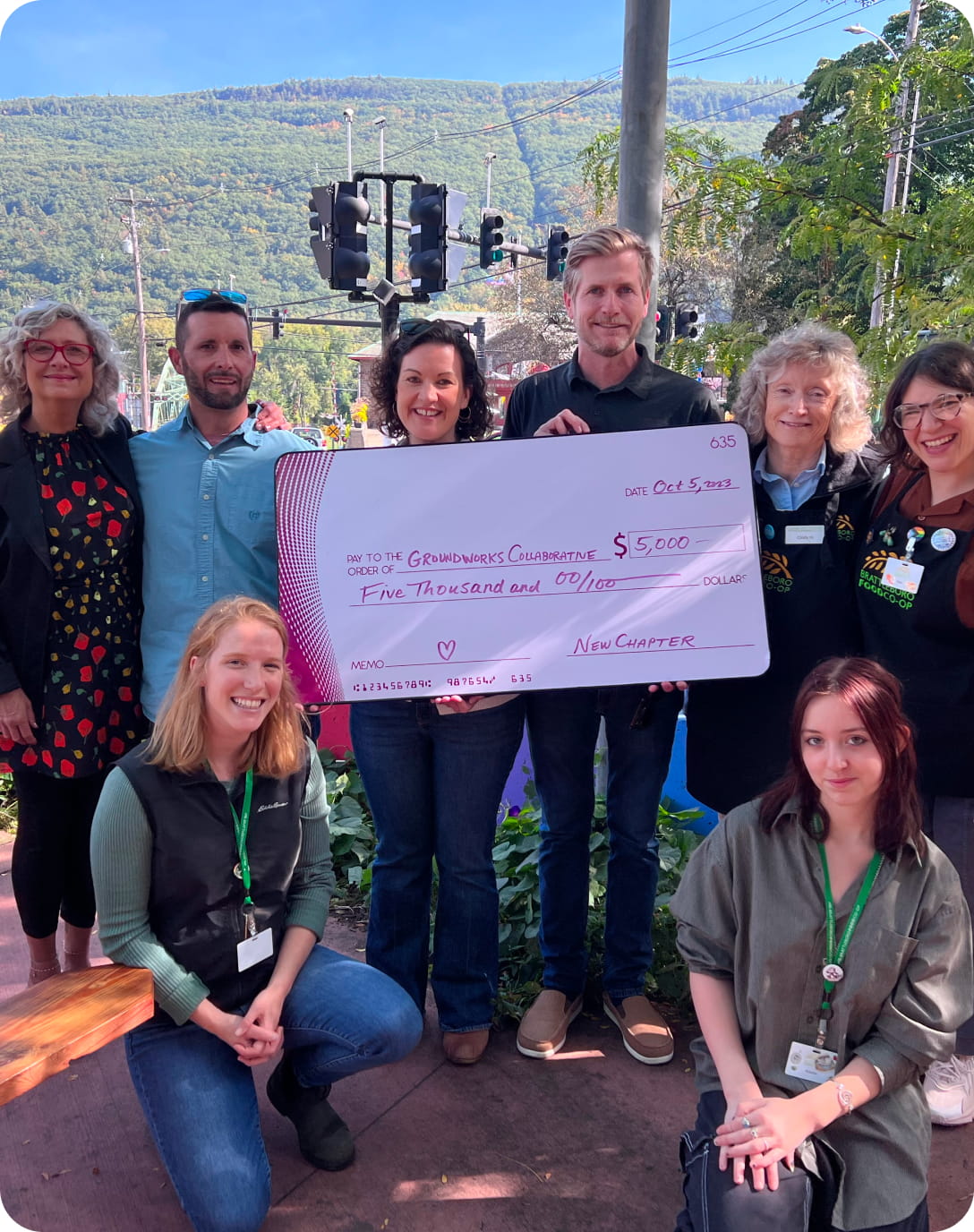Shelburne Farms
Some cheese is made in large factories from milk that’s been shipped from hundreds of miles away. Some is made in small cottages on tiny farms. Shelburne Farms cheddar is made in the Vermont equivalent of Hogwarts, Winterfell, or a Disney castle, depending on your reference point. This non-profit is a uniquely Vermont fairy tale: Shelburne Farms cheddar is the rich, savory, crumbly-creamy crowning jewel of an organization that strives to make a positive difference in the world, radiating out from its historic, pastoral 1,400-acre campus.
Now, imagine Britain, in medieval times. The year is 1170 A.D. King Henry II’s exchequer (treasurer) dips his frilly quill in a pot of ink and notes an expenditure of 10,240 pounds… of cheese. This was the first written record of cheddar, though it likely existed in some form long before that. It’s been around for so long partly because it’s a particularly effective way to make milk last. And it’s this characteristic that led to its next stage of evolution: about seven hundred years after that medieval purchase, an Englishman named Joseph Harding (aka “the father of cheddar”) standardized the recipe, making it the first cheese to be integrated into the new, industrial world. Around the same time, across the pond in the US, Cornelius Vanderbilt was paving the way, for better or worse, for the new global economy. His work in shipping and transportation made him one of the richest people in the world. And these two moments of the Industrial Revolution—Harding’s systemization of cheddar-making and Vanderbilt’s railroad riches—collide in Shelburne Farms’ cheddar.
In September, our Cheese Department manager Beth and I went on a tour of Shelburne Farms, up in the Champlain Valley in Shelburne, VT, with Tom Perry, Shelburne Farms’ Cheese Sales Manager, whose knowledge of cheese is deep and engaging. As we embarked on our tour, we checked in at a little toll booth at the edge of the vast, pristine meadows, and I actually did feel a little bit like a character in a fantasy novel, riding around in a pumpkin carriage with a magical coachman and my fairy godmother. Over the next two hours, Tom drove us through the pastoral landscape, stopping at one gorgeous building after another.
Cornelius Vanderbilt’s wealth was the foundational resource that enabled this grand property’s existence. His granddaughter Lila married Seward Webb, and when her father Billy, Cornelius’s son, passed away, she inherited ten million dollars—at a time when, according to Tom, the budget for the entire state of New York was nine million. The property was purchased not only as a summer getaway for the Vanderbilt-Webb family, but was also envisioned as a model farm, a place where the latest in agricultural research and technology could be put to the test and spread throughout the land.
About a hundred years later, in 1972, the six children of Derick Webb (grandchild of Lila and Seward) officially turned Shelburne Farms into a non-profit organization, choosing to preserve its natural and historic beauty and share it with the world instead of subdividing and selling it to private owners. Moved by the societal awakenings of that era and their childhood connection to the land, they wanted to spread the word about sustainability, regenerative agriculture, and appreciation for the natural world. Two of those six siblings, Alec and Marshall, have been deeply involved in the management of the Farms from its inception to this day.
Their cheddar serves as an ambassador of sorts for the farm, subtly touching households across the country with their ethos and dedication. It’s also one of their many avenues for educating people about sustainable farming methods. In addition to the solar orchard, which generates enough electricity to power over half of their buildings, the farms’ beautiful Brown Swiss cows’ grazing routine is as environmentally friendly as possible: the herd munches on a new section of grass each day to keep the pasture healthy with less energy reliance, and the dense, lush pasture growth also helps control water pollution. The whey that’s left over from the cheesemaking process is used as fertilizer. And visitors to the farm can observe pretty much every aspect of the process. This has been curtailed somewhat due to the pandemic, but in general visitors are welcome to wander into the dairy barns; watch the cows get milked; gaze upon the grazing cows; watch the cheesemakers separate curds from whey; cut, wrap, and wax the finished blocks, and send it out to the world. Because yes, Shelburne Farms is a working farm, but, as Tom says, “education is our most important crop.”
Every part of the cheesemaking process—from the milking parlor to the shipping room—happens on-site, which is rare even in small cheesemaking operations. Using raw milk from their approximately 120 cows, it’s handmade every day during the milking season, using methods that are remarkably similar to the ones Joseph Harding established in the 19th century. Through the large pane-glass windows in that fairy-tale castle known as the Farm Barn, Beth, Tom, and I watched with Morgan, the Head Cheesemaker, as two people clothed in long aprons, hairnets, and masks worked in the shining stainless steel and tile cheesemaking room. Their labors centered around the large, rectangular cheese vat.
Morgan explained that very morning around 7:45am, when the milk is delivered, the cheesemaking process ensues. Each phase is carefully timed: fat, protein, acid, and moisture content are measured, and temperatures are constantly monitored. Every variation—down to the second or the microgram—affects the taste, texture, and aging potential of the future cheese. First the milk is heated and cultures added; then rennet is introduced to create a custard-like substance. Then it’s sliced up into quarter-inch cubes by dragging through it a “harp” (a grid of fine wires stretched over a square metal frame). Then it’s stirred and stirred using large metal paddles. The cutting and stirring coaxes the separation of fat and protein out from the watery whey, which clump together to form curds.
After draining off a majority of the whey, the cheddary part of cheddar-making begins. First the curds are packed as tightly as possible along the edges of the vat, forming two banks on either side with a trough in the middle. The aim is to get out as much moisture as possible, in order to allow a longer aging process (the more moisture contained in the curds, the more likelihood of mold and other issues), and to further bond all that beautiful fat and protein together. Then the actual cheddaring happens: used as a verb, “to cheddar” describes how the compressed curds are sliced into slabs, which are stacked several high over the course of an hour (pictured on the front cover). As they sit, they transform, as Tom put it, from the shape and size of a loaf of bread to that of a whole pork belly. Then the dense white slabs are milled, in something akin to a sausage grinder, into “fingers,” which are doused in salt in several careful stages to allow for even coating. The salt prevents unwanted pathogenic growth and contributes to flavor. The result is a big pile of the squeaky curds similar to the ones used in poutine.
Then the curds are “hooped,” or squeezed into rectangular molds. The next morning they do “day-plus-one testing”: a core sample is tested for acid, protein, fat, salt, and moisture content. Based on those results, they decide the cheese’s destiny—whether it will age for six months, three years, or somewhere in between. According to Morgan, they’re “always aiming for a three-year batch,” but that’s both a challenge and up to chance. It was clear as we watched how much strength and skill it takes to complete each part of the process, and outside factors like the weather, the cows’ diet, humidity levels, and so on, all play a part in the finished product. This is the magic and mystery of handmade, raw milk artisanal cheese.
Cheesemaking began at Shelburne Farms in 1981 and has been evolving ever since. Tom’s predecessor developed their tasting and grading program, so that nowadays each time you get a Shelburne Farms cheddar, you know what flavors and qualities to expect. That’s also why their Tractor Cheddar exists. If a cheese doesn’t fit their other flavor profiles but is still delicious, it’s dubbed Tractor Cheddar. It’s always great, but you never know exactly what you’re gonna get. I love it!
Visit the Shelburne Farms website, and you might notice an expanded version of the logo printed on their cheddar labels; instead of being the main element, the silhouetted cows are just one small part of a whole agricultural menagerie. And underneath their name is their mission statement, “Learning for a sustainable future.” It’s a boldly humble expression of the farms’ intention to help heal our ailing Mother Earth and to welcome all, including themselves, to grow towards something better. Tom explained some of the efforts they’ve made, as an employer of over ninety people and a major part of the literal and figurative landscape of the Champlain Valley, to be more inclusive, and to strive to be truly welcoming to all. This has been enacted through trainings in DEI (diversity, equity, and inclusion) and through careful, informed outreach to the First Peoples of the land they occupy. Part of the greater Wabenaki Federation lands upon which we, too, in Brattleboro reside, the Champlain Valley region factors hugely in the identity and foundational stories of the people who lived in our area for over 10,000 years before European settlers hit these shores. In 2015, Shelburne Farms hosted the Wabanaki Confederacy Conference of the Western Abenaki people, and welcome them to do so every year. A totem and fire pit gifted to Shelburne in honor of the event now live behind the Farm Barn, adding yet another layer to the cultural, historical, and natural wealth of Shelburne Farms and their delicious cheddar cheese.
By Ruth Garbus
About Producer of The Month

Shop Online

On Sale Now!

